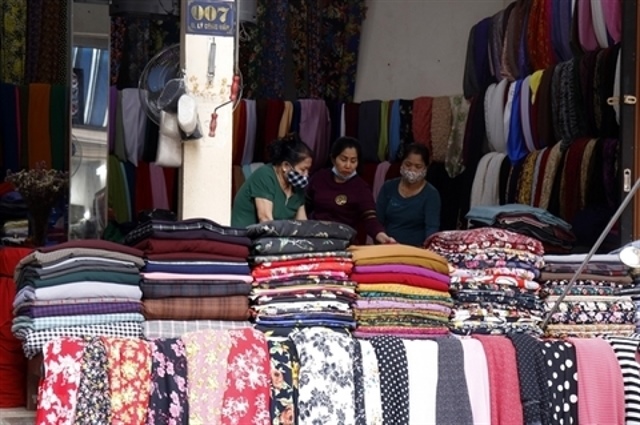Banks expect modest credit growth
Banks expect modest credit growth
The banking sector has set a target of reaching credit growth of between 8 and 10 per cent by the year-end, with a monthly average of 1.5 or 1.7 per cent, according to Dau Tu newspaper.

To realise these goals, senior experts have said that bad debts need to be treated in different ways in order to allow more new loans into the market.
They suggested three ways to do so, including refinancing loans for credit expansion, setting up a national-debt purchasing and selling company, and nationalising weak banks.
The CEOs of some commercial banks said that the central bank should lift the current 3 per cent safe threshold because this regulation had allowed banks to clean their records instead of issuing transparent reports and focusing on bad-debt treatment.
Le Duc Thuy, member of the National Monetary and Financial Advisory Council, said that banks should give financial support to highly feasible projects, particularly those with long and medium terms.
The banks that have stable financial potential and plentiful liquidity should actively participate in the debt-purchasing and buying market, according to Thuy.
For the banks, Nguyen Phuoc Thanh, general director of Vietcombank, suggested that the Government accelerate capital disbursement for projects that use capital from the State budget.
In the first six months of the year, only 30 per cent of the total capital planned to be invested in State-budget projects was disbursed, Thanh said.
The central bank should loosen investment-related regulations related to banks, according to Pham Huy Hung, chairman of Vietinbank.
Currently, banks are allowed to invest a maximum of 15 per cent of their legal capital into projects.
If the central bank lifted this regulation, banks would be able to inject more money into effective projects because their legal capital is still quite low.
Dr. Le Xuan Nghia, former chairman of the National Financial Supervisory Commission, said that the credit growth rate should be kept under 1.5 per cent per month, or between 6 and 8 per cent per year until the year-end.
Too much money pumped into the economy would not be absorbed fully, which could increase inflation, according to Nghia.
Major differences in credit growth in months or quarters in the year would also create a possibility of high inflation to return in following months, he said.
Thuy said that he did not have great expectation for a high credit growth rate at the year-end, even when the Government made great efforts in increasing lending because the financial situation of enterprises and banks had not yet improved.
The banks'credit activities are not expected to grow strongly for the rest of the year, as the Government predicted.
But it would be very harmful if high credit growth occurred, said Thuy
vietnamnews


























